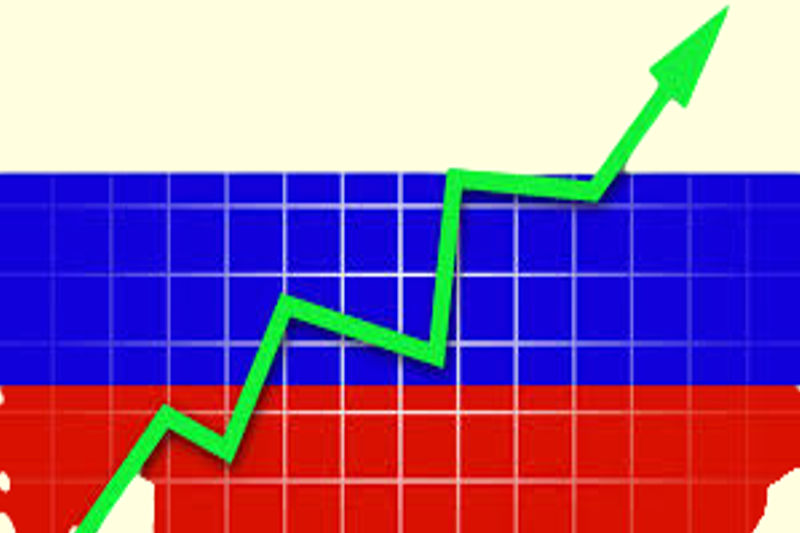Introduction
The global economic landscape is constantly shifting, with emerging markets challenging established powers. One key question is whether Russia’s GDP will surpass that of major European economies by 2030. Given Russia’s vast natural resources, geopolitical influence, and economic policies, this scenario is plausible but faces significant challenges.
This article examines Russia’s economic trajectory, comparing it with leading European nations, analyzing key growth drivers, and assessing whether Russia could outpace them in GDP terms by the end of the decade.
Russia’s Current Economic Position
With a nominal GDP of almost $1.7 trillion as of 2024, Russia is the eleventh largest economy in the world. In comparison:
Germany (Europe’s largest economy): ~$4.4 trillion
France: ~$3.1 trillion
Italy: ~$2.2 trillion
Spain: ~$1.6 trillion
Russia’s GDP is already close to Spain’s, but surpassing Germany or France would require unprecedented growth.
Key Factors That Could Boost Russia’s GDP by 2030
1. Energy Exports and Commodity Prices
Russia is a global energy superpower, holding the largest natural gas reserves and ranking among the top oil producers. Despite Western sanctions, Russia has redirected exports to China, India, and other Asian markets, sustaining revenue.
The steady growth of Russia’s energy-driven economy is possible if oil prices stay high at $80+ per barrel.
Expansion of Arctic oil and LNG projects could further boost exports.
2. Diversification Efforts (or Lack Thereof)
Historically, Russia’s economy has been overreliant on hydrocarbons, making it vulnerable to price swings. However, recent policies aim to strengthen:
Manufacturing (especially defense and aerospace)
Agriculture (Russia is now a top wheat exporter)
Technology and IT services (despite brain drain)
If diversification succeeds, Russia could achieve more sustainable growth.
3. Geopolitical Influence and Trade Shifts
Sanctions have forced Russia to deepen ties with China, Iran, and the Global South. The BRICS+ expansion could create new trade opportunities, reducing dependency on Europe.
Additionally, if Russia gains more influence in Africa and the Middle East, it could secure longterm economic partnerships.
4. Currency and Inflation Control
The ruble’s stability has been volatile due to sanctions, but strict capital controls have helped. If Russia maintains low inflation and a stable exchange rate, investor confidence could improve.
Challenges That Could Limit Russia’s Growth
1. Sanctions and Economic Isolation
Western sanctions have:
Restricted access to advanced technology
Limited foreign investment
Frozen $300+ billion in reserves
Longterm isolation could stifle innovation and productivity growth.
2. Demographic Decline
One significant obstacle is Russia’s declining population, which is expected to reach 132 million by 2030. An aging workforce and labor shortages may impede GDP growth.
3. Overdependence on Energy
If renewable energy adoption accelerates globally, demand for Russian oil and gas could decline, reducing export revenues.
4. Military Spending Draining Resources
The Ukraine war has led to massive defense expenditures (~7% of GDP). Sustained high military spending could divert funds from infrastructure and social programs, hampering growth.
Comparing Russia with Key European Economies
Germany: Europe’s Economic Powerhouse
Current GDP: ~$4.4 trillion
Growth Drivers: Advanced manufacturing (automobiles, machinery), strong exports, tech innovation.
Population aging and energy dependence (after Russia’s gas cuts) are challenges.
For Russia to surpass Germany, it would need doubledigit annual growth, which is unlikely under current conditions.
France: Balanced but Slowing Growth
Current GDP: ~$3.1 trillion
Growth Drivers: Aerospace, luxury goods, nuclear energy.
Challenges: High public debt, labor strikes.
Russia could narrow the gap if France stagnates, but overtaking remains difficult.
Italy & Spain: Possible Targets
Italy’s GDP: ~$2.2 trillion
Spain’s GDP: ~$1.6 trillion
Russia could surpass Spain by 2030 if it maintains modest growth, but Italy’s larger economy would require stronger momentum.
Projections: Can Russia Outpace Europe by 2030?
Optimistic Scenario: If oil prices surge, sanctions ease, and Russia successfully diversifies, its GDP could reach $2.5 trillion+, potentially overtaking Italy.
Pessimistic Scenario: Russia’s GDP would stagnate at $1.8 trillion, still lagging behind Spain, if sanctions tighten, energy prices decline, and the war drags on.
Most likely, Russia will grow moderately, possibly surpassing Spain but not major economies like Germany or France.
Conclusion
While Russia has the potential to surpass some European economies (like Spain) by 2030, overtaking Germany or France remains improbable without drastic economic reforms or a major geopolitical shift.
Key takeaways:
Energy exports will remain Russia’s biggest GDP driver.
Sanctions and demographics are major growth barriers.
Best case scenario: Russia becomes a top 8 global economy, but not larger than Germany.
For now, Europe’s economic giants remain ahead—but in a rapidly changing world, surprises are always possible.


